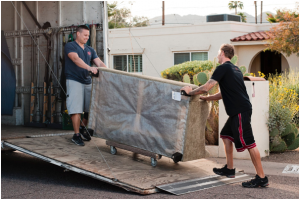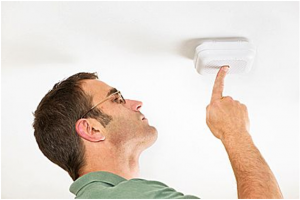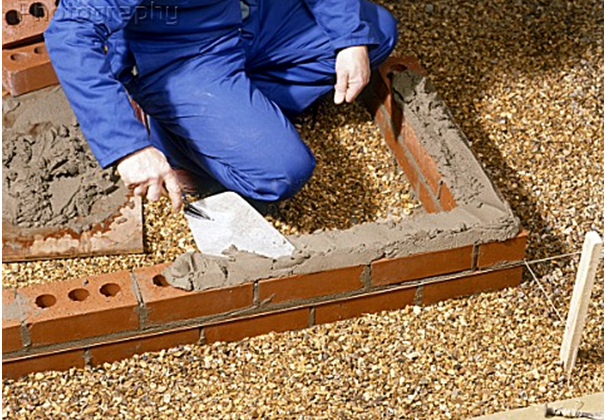Moving house is well known for being one of life’s most stressful activities. Not only is it expensive and long-winded, but there’s also a real chance that the sale won’t go ahead at all. In this article, we take a look at how you can minimize your risk by appointing the right conveyancer.

Money
Solicitors are legally required to post their conveyancing fees on their company website; such transparency, which has been advocated by The Competition and Markets Authority, will allow customers to make an informed decision on which conveyancing solicitor to appoint ahead of moving house. Don’t be fooled by cheap quotes: safe to say, in most walks of life you get what you pay for.
Set Fees
Of course, when moving house there are a number of set fees that have no bearing on which firm you choose to instruct for the legal work surrounding your purchase. However, there can be huge differences between the fees for work charged by different firms. Choose wisely!

Think Carefully
The Authority’s report confirmed that even though people are on the whole happy to go on a recommendation, this does not mean that the service will be any better than if house buyers were to do independent research. So the first thing that should be done is investigations into a number of firms – and there’s plenty out there, such as https://www.samconveyancing.co.uk/news/conveyancing/no-sale-no-fee-conveyancing-153.
What to Compare
Most solicitors’ practices will quote a baseline conveyancing quote and then top this up with associated fees for items such as completing the Stamp Duty Land Tax return. We would advise looking further into a firm that can provide a menu of fees for common activities and for those unexpected occurrences such as the purchase of indemnity insurance policies that the buyer, seller or conveyancer couldn’t have predicted.
Check Out
The most useful piece of advice when appointing a conveyancer is to do your homework, check the paperwork and read the small print. It’s also worth being aware that instructing a local conveyancer has some definite advantages over hiring one mile away from where you love. Put simply, a local solicitor will have local knowledge that could come in very handy as the process moves forward.
Beware the Referral System
Referral agreements between a firm and an estate agent aren’t always a good thing, so do your research.
Read Full Article




